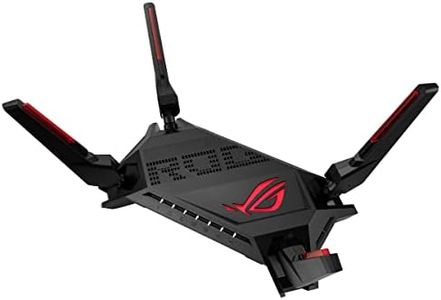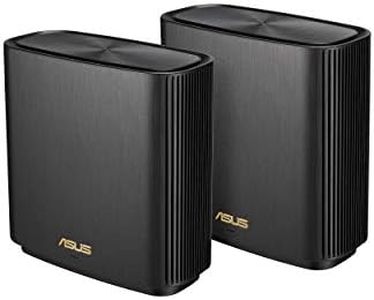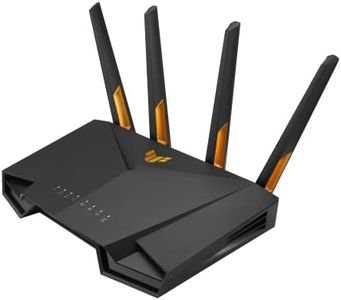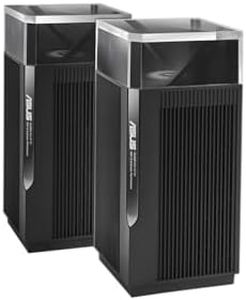We Use CookiesWe use cookies to enhance the security, performance,
functionality and for analytical and promotional activities. By continuing to browse this site you
are agreeing to our privacy policy
10 Best Asus Routers
From leading brands and best sellers available on the web.Buying Guide for the Best Asus Routers
When choosing a router, it's important to match the device's features and capabilities to your specific needs at home or in your business. Think about where you'll place the router, how many devices will connect, what kind of online activities you'll do (like streaming or gaming), and the size of your physical space. Each router offers a unique blend of features, and understanding the main specifications will help you make a choice that ensures strong, reliable Wi-Fi for all your purposes.Wi-Fi StandardWi-Fi standards, such as Wi-Fi 5 (802.11ac), Wi-Fi 6 (802.11ax), and newer generations, determine the speed, efficiency, and number of devices a router can handle. Newer standards mean faster data transfer, better performance in crowded networks, and improved support for lots of gadgets at once. If you mainly do light browsing or stream videos in a small household, a router with an older standard may suffice. However, for large families, smart homes, or intense activities like online gaming, a newer Wi-Fi standard offers a much better experience.
Number of BandsRouters come as single-band, dual-band, or tri-band. Bands are essentially different radio frequencies the router uses for transmitting data. Single-band routers operate on 2.4GHz, suitable for basic use, but prone to congestion. Dual-band routers add a 5GHz band, allowing for faster speeds and less interference, fitting for most homes. Tri-band routers provide an extra 5GHz band, which is great for very busy homes with many devices or for those who prioritize high-speed connections for streaming or gaming. For most households, dual-band is a safe and flexible choice, while tri-band benefits heavy users.
Speed RatingThe speed rating, measured in Mbps or Gbps, shows the theoretical maximum speed of the router. However, real-world speeds are usually lower. Basic tasks like browsing and emailing don’t need the highest speeds, but streaming HD or 4K video, large file downloads, or gaming can make use of faster ratings. Consider how many people and devices regularly use the internet at the same time; more or faster users call for higher-rated routers.
Coverage AreaCoverage describes how much space the router’s signal can reach. This is often given in square feet or in terms of how many rooms or floors it can cover. Small apartments or flats may only require a basic router, while larger homes or multi-story spaces need routers with extended range or mesh networking capabilities. Analyze the physical barriers like thick walls, and if you need Wi-Fi in all corners, prioritize coverage size in your decision.
LAN Ports and ConnectivityLAN ports allow you to connect wired devices directly to your router for a more stable connection. Some routers have just a couple of ports, while others offer several for desktops, smart TVs, or gaming consoles. If you have many devices that need hardwired internet, choose a router with more LAN ports.
Security FeaturesRouters include various security features to protect your network, like firewalls, guest networks, parental controls, and support for the latest Wi-Fi encryption (such as WPA3). If you have children, want to control access, or handle sensitive information, focus on routers that offer stronger security controls and updated encryption methods.
Ease of Use and ManagementThe user interface and management tools let you set up, monitor, and troubleshoot your router. Some routers offer mobile apps with simple controls, while others use web interfaces. If you’re not very tech-savvy, a router with an intuitive app or guided setup is best. For those who enjoy tinkering or need advanced options, seek routers with more customizable settings.
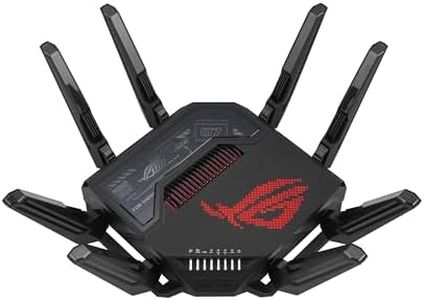
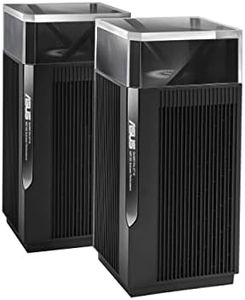
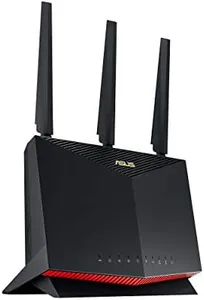
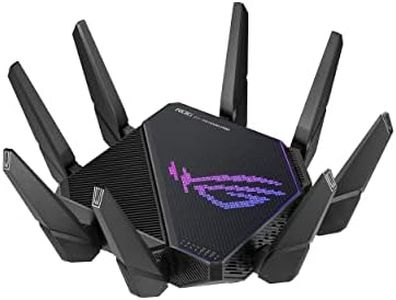
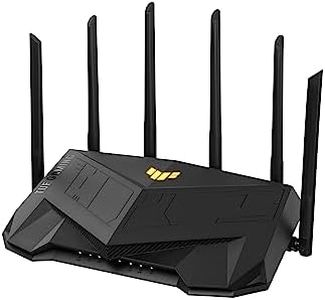
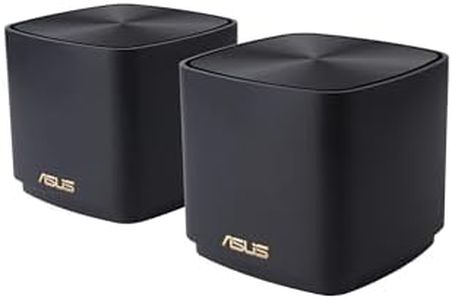
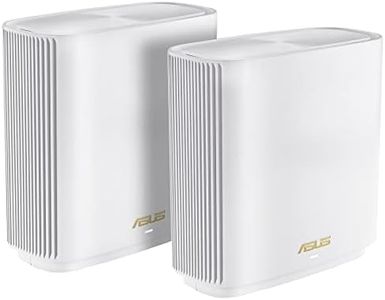
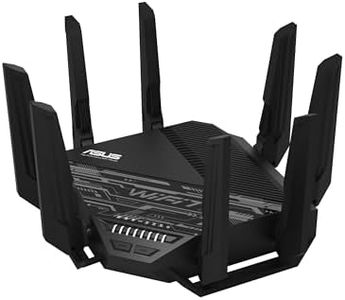
![ASUS DSL-AX82U AX5400 Dual Band WiFi 6 xDSL Modem Router [AU Version] - WiFi 6 802.11ax, AURA RGB, Lifetime Free Internet Security, Mesh WiFi support, Gear Accelerator, Adaptive QoS, Port Forwarding](https://images-proxy.bestreviews.guide/3PcGpQ0cQqLh7vcjRnNTObfsy-Y=/0x300/https://m.media-amazon.com/images/I/41hciCgCq5L._AC_CX679_.jpg)
